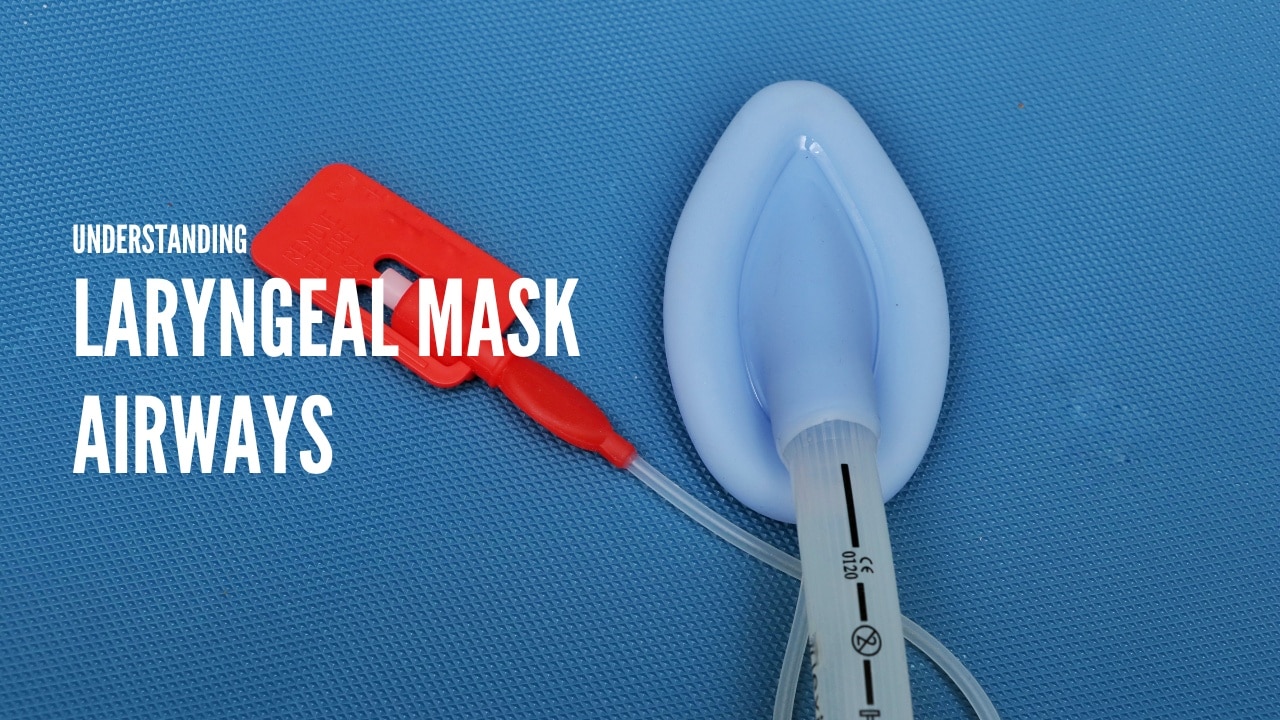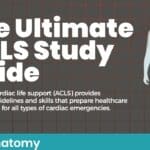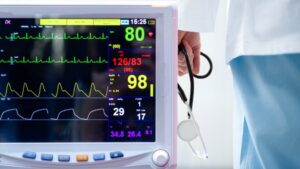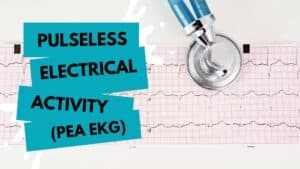What does LMA mean? Laryngeal mask airway (LMA) ventilation has been a preferred method of ventilation since it was introduced in 1988. Many anesthesia experts consider the LMA to be an essential development in airway management due to its comfort and safety. Knowing how to use a laryngeal mask airway is critical for healthcare workers who want to provide the highest level of care during surgery and in the event of respiratory failure.
What is a Laryngeal Mask Airway (LMA)?
The LMA is a supraglottic airway device that was first designed for elective ventilation in the operating room. The technique is an effective alternative to bag-valve-mask ventilation, freeing up the provider to monitor the patient rather than holding the mask in place. The LMA is less invasive than an endotracheal tube and easier to place, making it the preferred method for surgeries when intubation is unnecessary.
The Basics of LMA
The LMA sits in the hypopharynx and covers the supraglottic structures, isolating the trachea. It should be used on sedated or unresponsive patients.
The LMA comes in an assortment of sizes and styles. The different types of laryngeal mask airways include:
- LMA Classic – the original, reusable device
- LMA Unique – a disposable version that works well in the field
- LMA Fastrach – an intubating LMA that easily precedes intubation
- LMA Flexible – features softer tubing, not appropriate for emergency situations
- LMA ProSeal – adds a channel to suction gastric contents, not appropriate for emergency situations
- LMA Supreme – similar to the ProSeal, but includes a built-in bite block
- LMA CTrach – similar to the LMA Fastrach, but includes built-in fiber optics with a video screen
The LMA in Modern Medicine
As LMA airway management has become established in many healthcare settings, indications have increased to include:
- Elective ventilation – used as an alternative to a mask or endotracheal tube for some surgeries
- Difficult airway – serves as an effective rescue device when intubation fails or is contraindicated
- Cardiac arrest – can be used for airway management in a cardiac arrest patient.
- Conduit for intubation – when administered first, the LMA allows the endotracheal tube to pass directly through.
- Airway management in the field – can be used for airway management in the field with minimal training
The Evolution of the LMA Airway
LMA airway management has come a long way from its inception during the latter part of the last century to its critical use in a variety of medical settings today.
A Brief History
The laryngeal mask airway was first developed in 1981 by Dr. Archie Brain, honorary consultant anesthetist at the Royal Berkshire Hospital in Reading, England. Dr. Brain wanted to provide a better method of managing a patient’s airway than face masks and a less invasive approach than the endotracheal tube.
Dr. Brain published his first paper on the LMA in 1983, in the British Journal of Anesthesia. Dr. Brain described the LMA as an alternative to both the face mask and the endotracheal tube. The device was introduced in 1988 for clinical practice and has been used safely and successfully for more than 20 years.
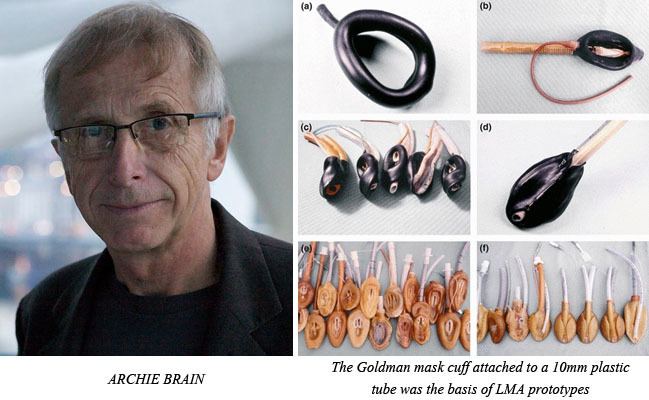
LMA vs. Traditional Intubation
LMA airway management is less invasive than traditional intubation and is an effective alternative when intubation is unsuccessful or not indicated. A 2022 study found that the classic LMA could be used safely in place of an endotracheal tube for some surgeries lasting 2 hours or longer.
How Does the LMA Work?
The LMA serves as a temporary airway during anesthesia or as a life-saving measure when respiration is absent. The device has proven useful in the operating room, intensive care unit, emergency room, and in the field.
The LMA is classified as a supraglottic device. These tools can be inserted through the mouth and into the hypopharynx without the need for a visual. The device seals around the glottic opening to allow for ventilation.
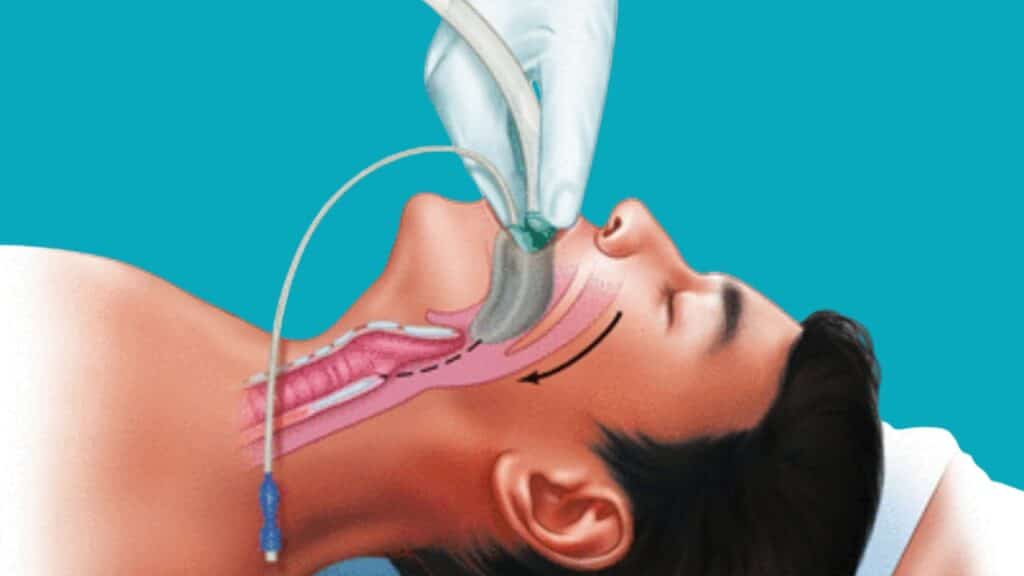
The Anatomy of an LMA Device
The LMA consists of an endotracheal tube that connects to an elliptical mask on the distal end. The mask features a cuff that forms an airtight seal on the glottis once it is in place. The mask of the LMA is inserted first, with the mask covering the glottis and the tube extending out of the patient’s mouth.
LMA devices range in size from 0 for an infant to 6 for a large adult. Specific size is determined by the age and weight of the patient. When a patient is between mask sizes, the larger size is usually recommended to ensure a secure seal.
Inserting the LMA
To insert an LMA, follow these steps:
- Deflate the cuff of the LMA against a firm, flat surface
- Apply the lubricant to the posterior surface of the mask
- Administer sedation if the patient is conscious
- Position the patient in the sniffing position
- Holding the LMA like a pen, slide the LMA along the hard palate
- Apply gentle pressure to advance until you encounter resistance
- Once the LMA is in place, inflate the cuff
When is Laryngeal Mask Airway Anesthesia Used?
An LMA is frequently used when administering anesthesia in place of a face mask or endotracheal tube. It can also be used in the field or hospital for some emergency situations.
LMA in Emergency Situations
LMA airway management can be used in CPR when treating victims of cardiac arrest. The American Heart Association states that the LMA provides a safer, more reliable means of ventilation than a face mask. While the LMA does not provide absolute protection against aspiration in these situations, the risk of aspiration is lower with an LMA than with a face mask.
Training for Excellence with LMA
While an LMA is easier to insert than an endotracheal tube, proper training ensures you are prepared to use one of these devices quickly and correctly in the event of an emergency. Whether you are a healthcare worker in a hospital setting or a first responder in the field, LMA airway training gives you another option for treating patients in cardiac arrest.
SureFire CPR's Approach to LMA Training
SureFire CPR offers a wide range of training and certification courses, and the use of advanced airways are discussed in our ACLS and PALS training. Our team of experts designs our classes to be engaging and informative. We take a fun approach to learning that makes it easier for you to focus during training and retain the information afterward.
Becoming Proficient in LMA Usage
The best way to become proficient in LMA usage is through an ACLS certification or PALS certification course like the ones offered through SureFire CPR.
Learning Pathways
Our courses feature the learning pathways you need to expand your knowledge base and finetune your skills with valuable information and ample practice time. By reducing your reaction time during an emergency, you provide optimal care for your patient and keep everyone around you safe. Those critical moments can make the difference between life and death.
Certification and Beyond
Certification means compliance and helps you advance in your healthcare career. Certification isn’t just another notch on your resume – it also opens doors to more career possibilities when you continue to add to your professional skill set.
Don’t wait to receive or update your ACLS certification or PALS certification. At SureFire CPR we offer all the skills you need, including LMA device training, to prepare you for every situation you might encounter in your line of work. We offer classes online, in-person, and on-site to make your certification process as convenient and easy as possible.
SureFire CPR has the classes you need to stay current and advance your career. Check out our class schedule today to find the right training for you.

